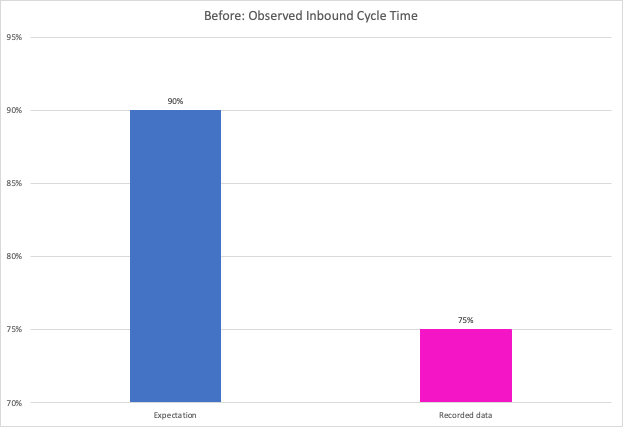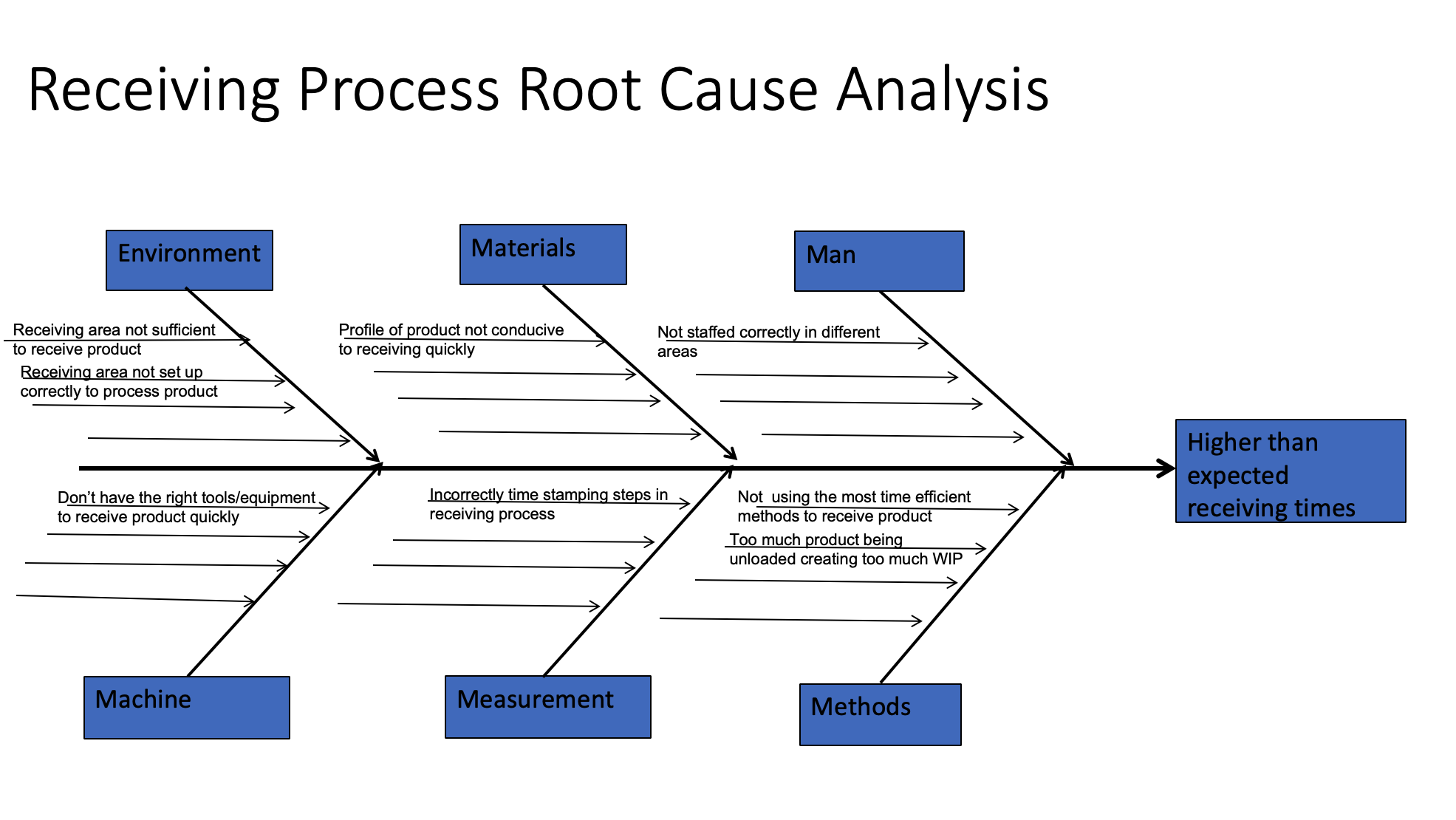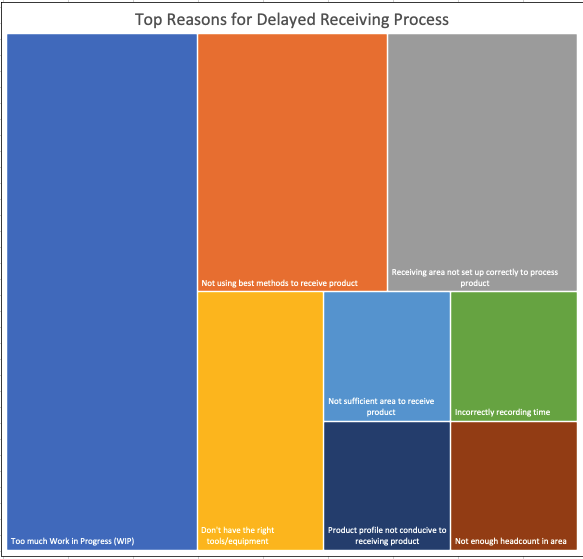In the realm of problem-solving methodologies, the A3 method stands out as a structured and efficient approach to tackling complex challenges. Originating from the Toyota Production System, this problem-solving technique has been widely adopted in various industries and organizations worldwide. In this blog post, we will explore the need for the A3 method and its significant benefits to individuals and organizations.
The Need for the A3 Method:
When confronted with problems or opportunities for improvement, individuals and organizations often struggle to identify the root causes, establish effective solutions, or communicate their findings to stakeholders. Inadequate problem-solving approaches can lead to wasted time, resources, and unsatisfactory outcomes. The A3 method addresses these challenges by providing a structured and logical process that guides problem solvers through each stage, enabling a better understanding of the problem, generating innovative ideas, and implementing sustainable solutions.
Benefits of the A3 Method:
Structured Problem Solving:
The A3 method is an organized problem-solving approach by breaking down complex issues into manageable components. It encourages individuals to define the problem clearly, collect relevant data, analyze root causes, develop potential countermeasures, and establish an action plan. This structured methodology ensures that problem solvers address all essential aspects of the problem and make informed decisions based on facts.
Collaborative Decision-Making:
The A3 method emphasizes cross-functional collaboration and encourages multiple perspectives when addressing a problem. By involving stakeholders from different departments and levels of the organization, diverse insights and expertise can be harnessed. This collaborative approach not only leads to more comprehensive problem analysis but also fosters a sense of shared ownership and commitment to implementing the proposed solutions.
Holistic Thinking:
One of the key strengths of the A3 method is its emphasis on holistic thinking. Rather than addressing symptoms or superficial issues, this methodology focuses on identifying and understanding the underlying causes of a problem. By diving deeper, problem solvers can implement solutions that address the root causes, resulting in long-lasting and sustainable improvements.
Continuous Improvement:
The A3 method aligns with the philosophy of continuous improvement. It encourages individuals and organizations to view problems as opportunities for growth and learning. By incorporating the Plan-Do-Check-Act (PDCA) cycle, the A3 method promotes a feedback loop that allows for ongoing evaluation and refinement of solutions. This iterative process ensures that improvements are made progressively, leading to a culture of continuous improvement within the organization.
Enhanced Communication:
Effective communication is critical when dealing with complex problems. The A3 method provides a structured format for presenting problem-solving efforts and solutions. The A3 report, typically presented on a single sheet of paper, forces problem solvers to distill their findings and recommendations into concise and clear language. This concise format facilitates understanding, promotes transparency, and enables efficient dissemination of information to stakeholders.
How to Effectively Use A3
Using the A3 method for the first time can be daunting. Below is an example of effectively utilizing the A3 method. You can find a template of the A3, here:
Background:
XYZLogisticsCo is a world-class providing middle-mile and last-mile solutions to its customers. At one of its locations XYZLogisticsCo was missing its benchmarked inbound cycle time KPI for multiple weeks. Here’s how they addressed that issue:
Problem Definition:
The first step is to clearly articulate the problem or opportunity for improvement.For the above example, the problem statement is:
“Less than benchmarked inbound volume (<90%) meeting 12-hour inbound cycle time expectation.”
Grasp the Current Situation:
Now that we have our problem statement defined, gather relevant data and facts related to the problem. Use tools like process maps, value stream analysis, or data collection to understand the current state. Identify any trends, patterns, or root causes contributing to the problem. For our logistics provider, this is what the Current State is:
"XYZLogistics has not been meeting the mark for its inbound cycle time metric. This is important, as a reassurance to the customer of our commitment to the highest levels of service. Failure to meet our metrics could lead to a dissatisfied customer, potentially leading to an ending of the business relationship."

Analyze Root Causes:
Apply problem-solving techniques such as the "5 Whys" or cause-and-effect diagrams to identify the underlying causes of the problem. Prioritize the root causes based on their significance and potential impact.


Develop & Implement Countermeasures
Brainstorm potential solutions and countermeasures to address the root causes. Select the most promising countermeasures and develop detailed action plans for implementation.
Assign responsibilities and establish clear timelines for each action plan. Monitor the progress of implementation and ensure regular communication and collaboration among team members. Address any challenges or obstacles that arise during implementation and make necessary adjustments.

Evaluate Results
Assess the effectiveness of the implemented countermeasures in achieving the target conditions. Compare the actual results with the expected outcomes and analyze any variances.Gather feedback from stakeholders and consider lessons learned for future improvement efforts.
Standardize and Share Knowledge
Document the problem-solving process, including the steps taken, data collected, countermeasures implemented, and results achieved. Create an A3 report, summarizing the problem, analysis, solutions, and outcomes, using a concise format that facilitates communication and understanding. Share the A3 report with relevant stakeholders, including managers, team members, and other departments, to promote transparency, learning, and collaboration.
Reflect and Continuously Improve:
Reflect on the problem-solving process and identify areas for improvement. Seek feedback from team members and stakeholders to gather different perspectives and insights. Use the PDCA (Plan-Do-Check-Act) cycle to iterate and refine the problem-solving approach for future challenges.
By following this guide, you can effectively utilize the A3 method to drive continuous improvement within your organization. Remember that the A3 method is not a one-time solution but a mindset and approach that can be applied to various problem-solving scenarios to achieve sustainable results.
Structured Problem Solving
If you or your organization is facing challenges, the A3 problem-solving method can help. This structured approach emphasizes teamwork, root-causing problems, developing solutions, and communicating findings. Pairing this effective problem-solving methodology with Standard Work for takt time reduction builds a framework for continuous improvement. By adopting the A3 method, you can improve problem-solving processes, make better decisions, and promote a culture of continuous improvement.



-1.png)

